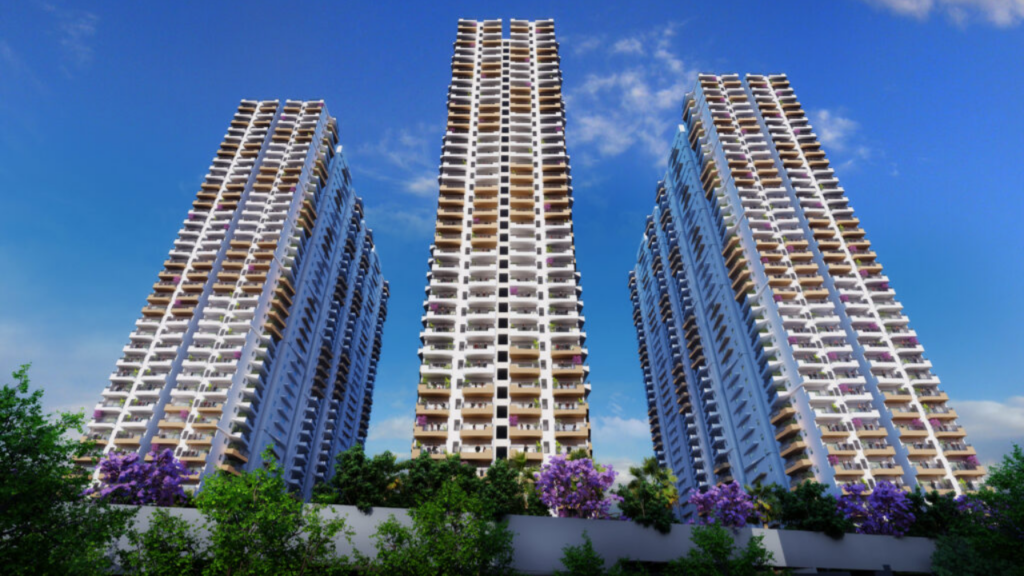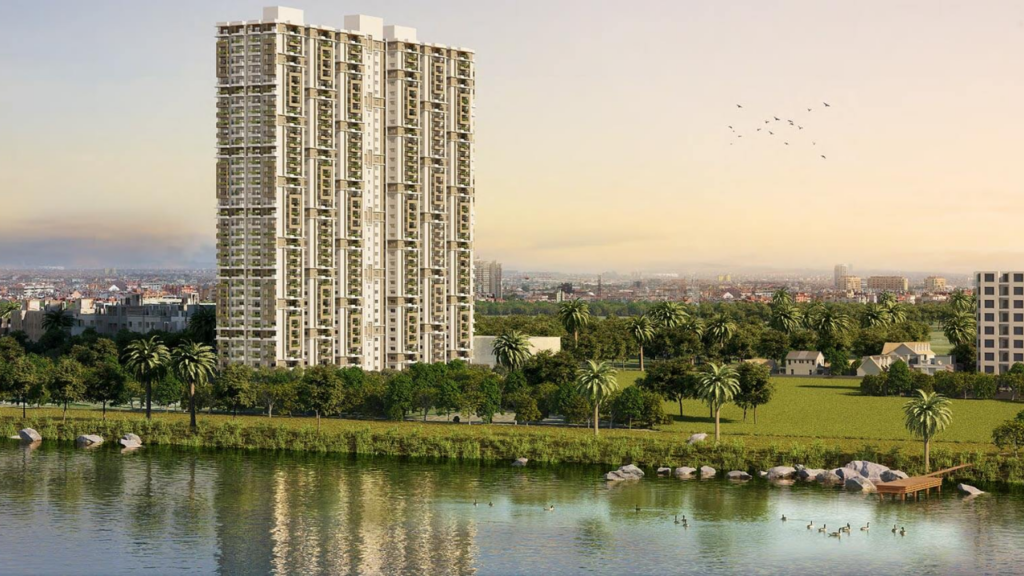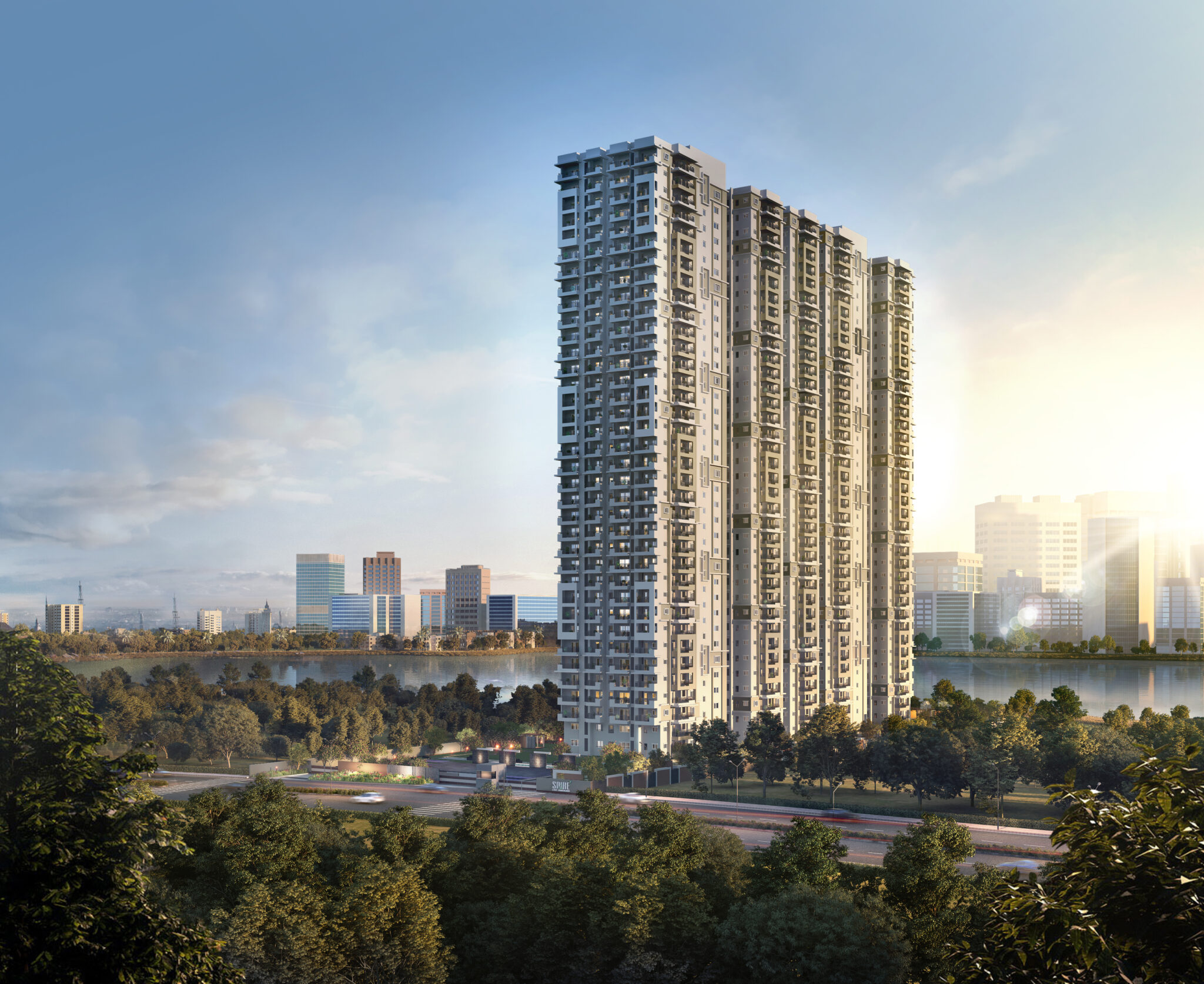Understanding PLC in Real Estate: Why You Might Pay Extra for Your Unit
The concept of PLC in real estate, or Preferential (or Preferred) Location Charge in real estate, comes into play where some locations are more coveted than others within a particular development. It’s an additional fee levied by developers on these properties. These prime spots can offer a variety of advantages, which can be factors for PLC including –
- Superior Views: Breathtaking vistas of a city skyline, a park, a waterfront, or even a quiet courtyard.
- Higher Floors: Higher floors often come with more natural light and better area coverage for better view, a quieter environment, and a sense of exclusivity, justifying a PLC. In some earthquake-prone areas, ground-floor units might be more desirable and attract a premium PLC due to easier escape routes. Conversely, in flood-prone regions, higher floors might command a higher PLC.
- Corner Units: These units provide extra living space, more windows for natural light and ventilation. A study by Knight Frank suggests that corner unit PLCs can range from 5-15% higher than standard units.
- Proximity to Amenities: Like swimming pools, gyms, playgrounds, or clubhouse areas, command a PLC. Within a gated community, a townhouse directly adjacent to the clubhouse and children’s play area might have a higher PLC compared to one situated further away.
- Culturally Specific Preferences: In some cultures, specific floors (like higher floors in China) or units facing a particular direction (e.g., south-facing for sunlight in many countries) may be considered more auspicious. In some regions, units adhering to Vaastu principles, a traditional Indian system of architecture, might have a higher PLC due to their perceived benefits.
- Other Specific Advantages: Like ocean view, penthouse in a bustling city, or a developer strategically incentivising sales in less desirable units. Unique or functional floor plans offering better space utilization can sometimes attract a PLC. Modern features like smart-home technology or energy-efficient design could potentially influence PLC.
[PROJET_PROMOTION]
Why are PLC charges applied?

PLC serves a dual purpose for developers. Since prime locations within a project inherently hold a higher value, the PLC allows developers to capture this additional worth. PLC enables developers to create a tiered pricing structure, making different units within the project accessible to a wider range of buyers.
Imagine a high-rise apartment complex. A buyer interested in a ground-floor unit facing a busy street might not incur a PLC. However, one opting for a higher-floor corner unit with a panoramic city view would likely face a significant PLC.
Is PLC always applicable?

PLC is not universally applied, but it’s becoming increasingly common, particularly in larger developments. It’s essential to inquire about potential PLC charges upfront when considering a property to avoid any surprises while purchasing.
While PLCs can elevate the initial cost, their influence on resale value can be nuanced. Units with desirable features like higher floors or scenic views often see higher resale demand, potentially fetching a premium price. However, excessively high PLCs might not translate to a proportional increase in resale value.
How is PLC calculated?

There’s no standard formula. Developers often have their own methods based on a combination of factors. It can be a fixed amount, a percentage of the base price, or a combination of both. For instance, a developer might charge a ₹100 per square foot PLC for higher floors or a 5% premium for corner units. PLC is usually calculated as a per square foot charge applied to the unit’s super built-up area.
Let’s say the base price of a 1000 sq ft apartment is ₹5000 per sq ft (₹5,000,000). If it’s a corner unit on the 10th floor with a pool view, the developer might add a ₹150 per sq ft PLC for the higher floor and a 5% premium for the corner unit. This would translate to an additional charge of ₹150,000 (₹100 x 1000) for the floor and ₹250,000 (₹5,000,000 x 5%) for the corner unit, bringing the total price to ₹5,400,000.
How to make an informed decision while buying property?

- Evaluate Your Needs: Carefully consider how much you value the specific benefits offered by the PLC-bearing unit. Does the view or proximity to amenities significantly enhance your lifestyle needs or wants? If you rarely use balconies or don’t mind lower floors, a standard unit might be sufficient.
- Compare Options: Analyse the price difference between the PLC unit and similar units without the premium location. Is the price difference justified by the offered benefits? Let’s say a higher-floor unit with a view comes with a PLC of Rs. 5 lakhs, but a standard unit without the view is Rs. 5 lakhs cheaper. Consider if the view is worth the extra cost over the next few years. Consider the total cost, including the base price and PLC, when comparing properties. Additionally, factor in the potential resale value, as units with desirable features often command a premium in the resale market.
- Negotiate: While developers might be less flexible on PLC, negotiate the base price to potentially offset some of the additional cost. Even a small reduction in the base price can help lessen the financial burden of the PLC. Negotiation is always possible, especially if the market is slow or the developer is keen to close a deal.
Benefits of PLC

- PLC ensures that buyers in prime locations pay a premium commensurate (thus, a fair market value).
- PLC revenue can help developers invest in higher-quality amenities and overall project upkeep.
- PLC-bearing units are often more attractive to tenants, and command higher rents for the same.
- If you plan to reside in the property for a long time and value the location benefits, the additional cost might be justified. Over a longer investment horizon, the potential for value appreciation due to location can outweigh the upfront cost of PLC.
Drawbacks of PLC

- PLC can add a significant financial burden to buyers seeking prime locations.
- The way PLC charges are calculated might not always be transparent, leading to buyer confusion.
- Unlike base prices, PLCs are often non-negotiable, limiting your bargaining power.
- The promised value appreciation due to location, view, etc. isn’t guaranteed. Not only market fluctuations but also future project developments can impact future property value. While a unit with a view might seem desirable today, the RIO remains uncertain, negating the initial benefit of the PLC.
FAQs
Some developers might offer a limited number of prime units at a fixed premium price instead of a separate PLC.
Carefully evaluate the benefits offered by the location and the PLC amount. If the added value aligns with your needs and budget, then the PLC might be worthwhile.
Consider units on middle floors or facing less scenic areas. You might be able to save on the PLC and utilize the difference for renovations or additional amenities. This can be a strategy to make the most of your money.













